#space telescope
Text
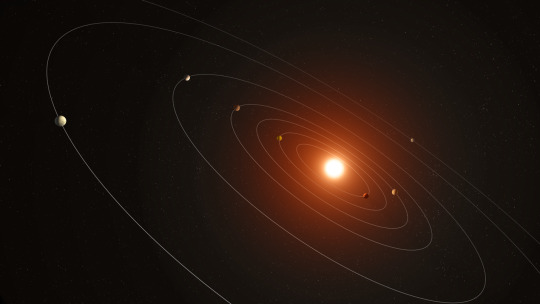
Hot New Planetary System Just Dropped.
We hope you like your planetary systems extra spicy. 🔥
A new system of seven sizzling planets has been discovered using data from our retired Kepler space telescope.
Named Kepler-385, it’s part of a new catalog of planet candidates and multi-planet systems discovered using Kepler.
The discovery helps illustrate that multi-planetary systems have more circular orbits around the host star than systems with only one or two planets.
Our Kepler mission is responsible for the discovery of the most known exoplanets to date. The space telescope’s observations ended in 2018, but its data continues to paint a more detailed picture of our galaxy today.
Here are a few more things to know about Kepler-385:

All seven planets are between the size of Earth and Neptune.

Its star is 10% larger and 5% hotter than our Sun.

This system is one of over 700 that Kepler’s data has revealed.
youtube
The planets’ orbits have been represented in sound.
Now that you’ve heard a little about this planetary system, get acquainted with more exoplanets and why we want to explore them.
Make sure to follow us on Tumblr for your regular dose of space!
#NASA#exoplanets#Kepler#space telescope#space#universe#data sonification#sounds of space#space sounds#tech#technology#telescope#Youtube
4K notes
·
View notes
Text
space nerds and enthusiasts, it’s the moment you’ve been waiting for
(or at least- the moment I’VE been waiting for since jwst imaged jupiter)
the James Webb Space Telescope’s NIRCam has imaged Saturn for the first time, and it’s SO COOL!!
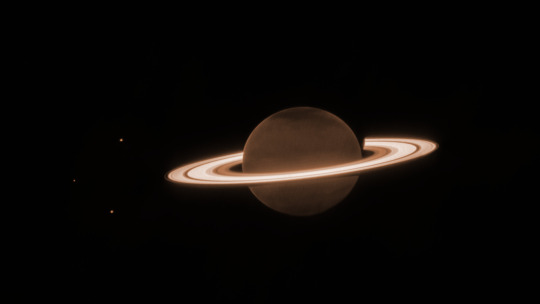

above are the two processed images, the lower having the visible moons and rings labeled, but there’s also some unprocessed images from jwst feed, which i think still look super cool, and just show what a world of a difference processing makes.


i think these images are SO cool, and i can’t wait to print them out to hang on my walls :)
#aspaceinthecosmos#space#astronomy#outer space#jwst#james webb#just jupiter#astrophotography#saturn#saturns rings#space telescope
980 notes
·
View notes
Photo


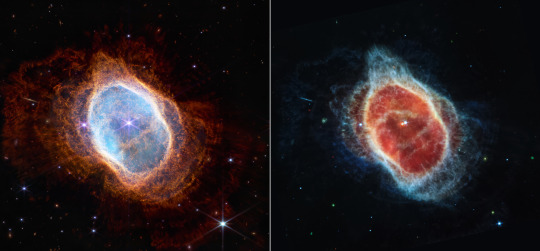

The First Images from the James Webb Telescope!
First Image (Carina Nebula) Full Res
Second Image (Stephan’s Quintet) Full Res
Third Image (Southern Ring Nebula) Full Res
Last image (SMACS 0723) Full Res
5K notes
·
View notes
Text
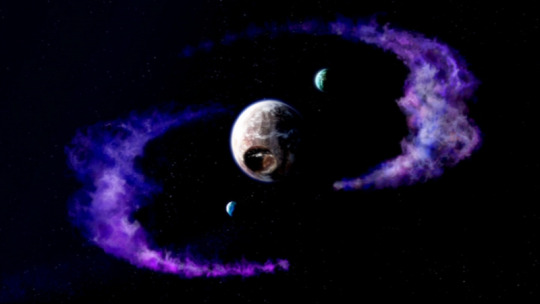
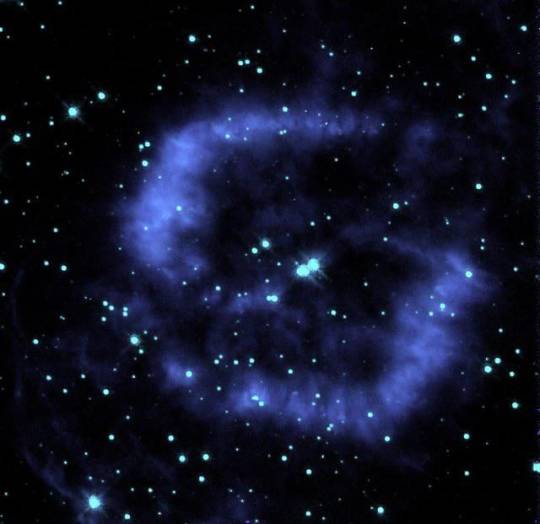
Hmmm…..
Look. I’m not saying it’s real but the fact that the Solis Magna system just happens to resemble Nebula PK 329-02.2 is interesting to me.
Okay.
Make of it what you will.
I don’t study or know anything about astronomy, admittedly.
I just stumbled across this fact thanks to some old BZPower posts.
(Somebody NEEDS to mention this on BioSector01 btw for the Solis Magna system article)
#dougie rambles#personal stuff#space#astronomy#nebula#stars#hubble#space telescope#NASA#hmmmmn#life imitates art#art imitates life#Bionicle#Lego#lego bionicle#Bionicle Lego#spherus magna#solid Magna system#Menzel 2#Nebula PK 329-02.2#resemblance#real#pics that make you go hmm
299 notes
·
View notes
Text
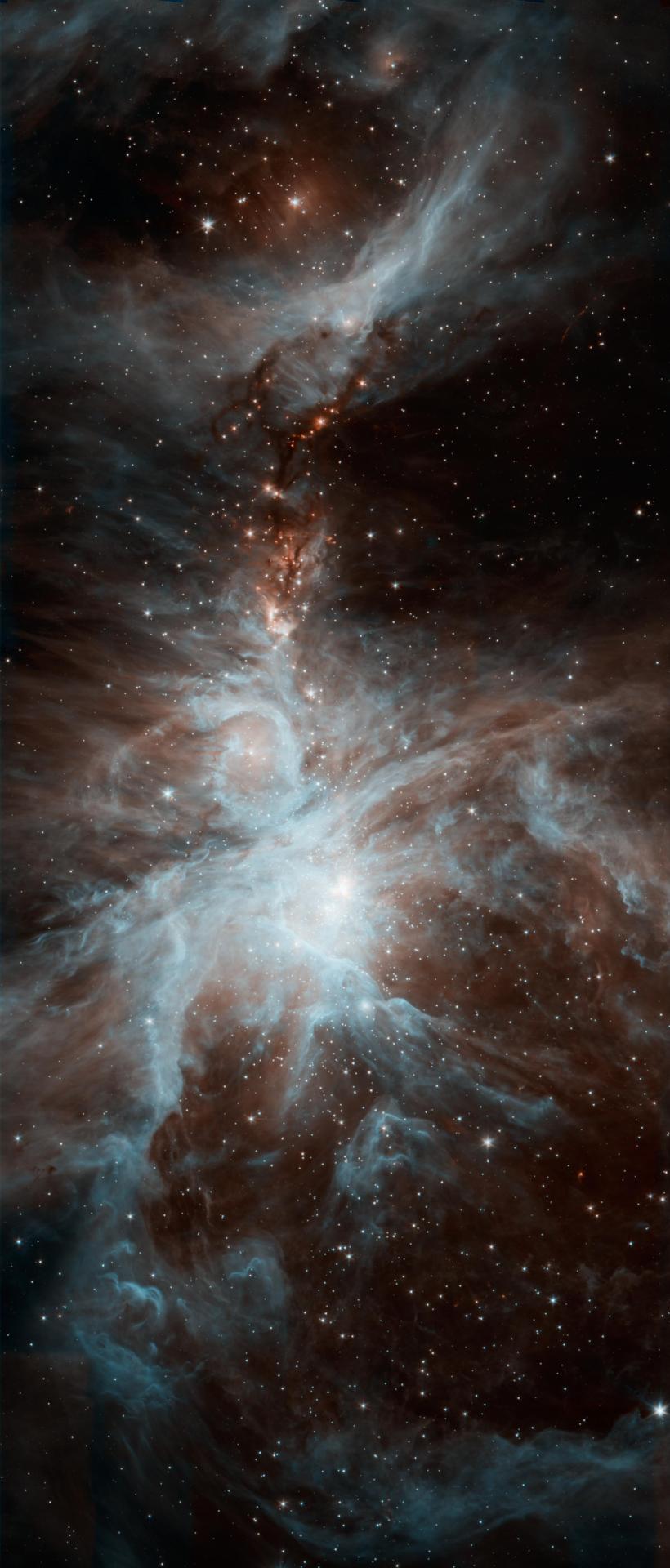
A colony of hot, young stars is stirring up the cosmic scene in this new picture from NASA's Spitzer Space Telescope. The image shows the Orion nebula, a happening place where stars are born.
(©)
#go for queue deploy#nasa#nasa spitzer#space telescope#telescope#space#space and astronomy#space exploration#spaceflight#stars#star#nebula#orion nebula#orion#science#stem#astronomy#astrophotography#space is cool
849 notes
·
View notes
Photo

NGC 7129: Cosmic Rosebud © Spitzer
#nasa#spitzer#space telescope#space#stars#ngc 7129#astrophotography#galaxy#astronomy#planet#night sky#planets#solar system#nebula#universe#cosmos
784 notes
·
View notes
Text
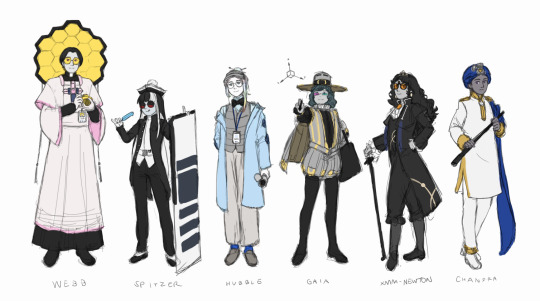
Telescopes 👀😶
#space#character design#gijinka#personification#nasa#esa#space telescope#oh boy time to tag everybody hang tight#jwst#james webb space telescope#spitzer space telescope#hubble#esa gaia#xmm-newton#chandra x ray observatory#religious imagery#priests#christian imagery#thanks webb#artists on tumblr
210 notes
·
View notes
Text

NASA/ESA Hubble Space Telescope in its high orbit 600 kilometres above Earth.
Date: January 26, 2011
source
#Hubble Space Telescope#Hubble#HST#KH-11 derived#KH-11#Space Telescope#NASA#ESA#January#2011#my post
36 notes
·
View notes
Text

Crochet an Amazing James Webb Space Telescope Dream Catcher … So Timely! 👉 https://buff.ly/3PbN87i 🔭🪐
95 notes
·
View notes
Text
Comet NEOWISE rising over the Earth just before dawn as seen from the International Space Station. ☄️
—
C/2020 F3 (NEOWISE) or Comet NEOWISE is a long period comet with a near-parabolic orbit discovered on 27 March 2020 by astronomers during the NEOWISE mission of the Wide-field Infrared Survey Explorer (WISE) space telescope.
#Comet NEOWISE#C/2020 F3 (NEOWISE)#NEOWISE#Wide-field Infrared Survey Explorer (WISE)#space telescope#comet#International Space Station#Earth#space#astronomy#astronomers
69 notes
·
View notes
Text
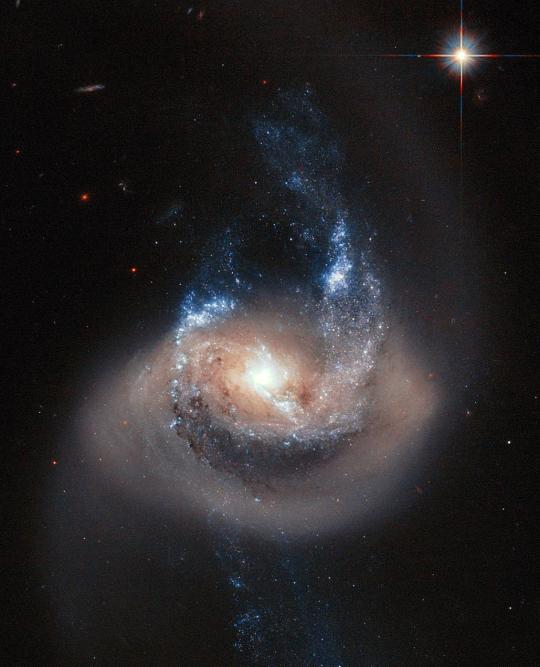
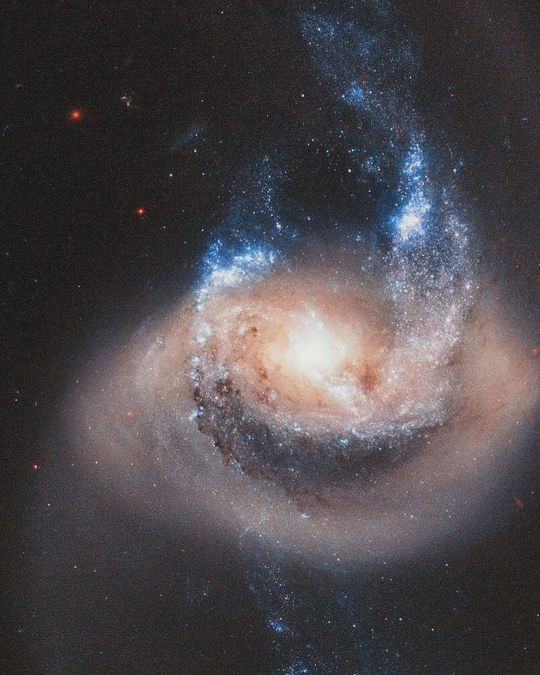

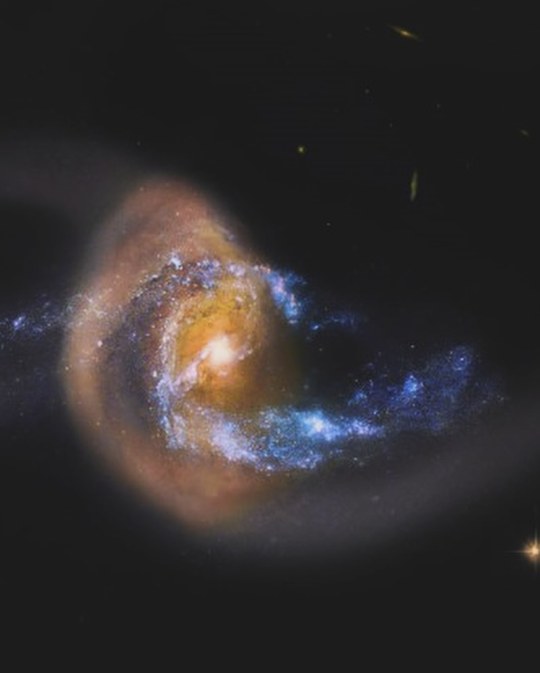
THE MASTER OF THE UNIVERSE CRUSHES ALL -- WHEN TWO GALAXIES COLLIDE.
PIC(S) INFO: Spotlight on a Hubble image of NGC 7714, a spiral galaxy 100 million light-years from Earth. 🔭+📸: ESA (European Space Agency) & NASA.
MINI-OVERVIEW: "NGC 7714 is a spiral galaxy 100 million light-years from Earth — a relatively close neighbour in cosmic terms.
The galaxy has witnessed some violent and dramatic events in its recent past. Tell-tale signs of this brutality can be seen in NGC 7714's strangely shaped arms, and in the smoky golden haze that stretches out from the galactic centre — caused by an ongoing merger with its smaller galactic companion NGC 7715..."
-- ESA HUBBLE, "Hubble image of NGC 7714," first published in 2015
Acknowledgement: A. Gal-Yam (Weizmann Institute of Science)
Sources: https://esahubble.org/images/heic1503a, Picuki, & X (formerly Twitter).
#NGC 7714#NGC 7715#Galaxies#Spiral Galaxy#Galaxy#Deep Space#Space is Deep#Colliding Galaxies#Galaxy Collision#Hubble Telescope#Outer Space#Hubble Space Telescope#Space Telescope#Astrophotography#Hubble#Cosmic Forces#Astronomy
22 notes
·
View notes
Text

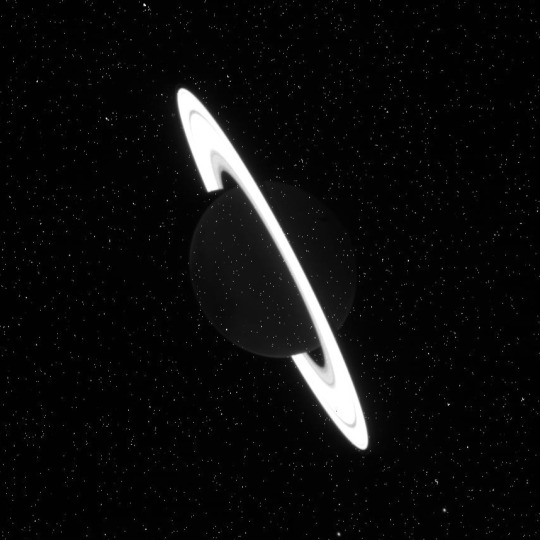

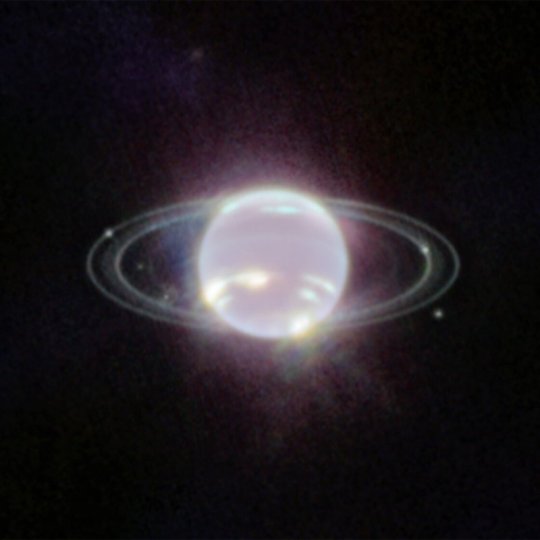
JWST recently released a raw image of Saturn, which looks incredible. But it also means that its gas giant collection is complete!!
Bask in their gaseous glory and Webb's stellar performance!
#GOD the Webbster just never fails to disappoint <33#Saturn lookin like it was accidentally saved as a transparent PNG#Gotta love it#spacecraft#jwst#jwst images#james webb space telescope#space#space telescope
111 notes
·
View notes
Text
Is it just me or science is beyond magic lately?
Like imagine trying to tell someone from back in the day that we crafted a gigantic golden mirror that can see as an eye and put it up next to the moon so we can look back into the past to see the creation of the world
Am i just suppose to continue living like this is normal?

#astronomy#space#fantasy#history#space travel#space telescope#james webb space telescope#james webb#sci fi#art#space fantasy
53 notes
·
View notes
Photo

Partial Solar Eclipse over Argentina (NASA Astronomy Picture of the Day of May 2 of 2022)
#solar eclipse#argentina#astronomy#astronomy blog#astronomy photos#astronomy pictures#NASA#NASA photos#NASA pictures#NASA picture of the day#NASA telescope#hubble space telescope#space telescope#space#universe#earth#planets#moon#eclipse#stars#sky#planet#milky way#astros#astrophotography#photography#photographers on tumblr#palette#tumblr#aesthetic
514 notes
·
View notes
Photo

Inner Ring of Galaxy NGC 1097
This galaxy is located 45 million light-years from Earth in the constellation Fornax. Eris has captured the gaseous, dusty ring that sits right in the center of the galaxy.
The bright spots on the ring are stellar nurseries. This image was captured through four different filters by Eris' state-of-the-art infrared imager, the Near Infrared Camera System, or NIX, which will replace the Naco imager used until now.
To put Nix's resolution into perspective, this image details a patch of sky less than 0.03% the size of the full moon.
Credits: Martin Kornmesser/Eso
#art#photography#ring#glitter#galaxy#NGC 1097#ESO#stars#universe#astrophotography#cosmos#cosmic#eris#infrated#space telescope#martin kornmesser#stellar#fornax#constellation
70 notes
·
View notes
Text

Pillars of Creation, as seen by NASA JWST
#go for queue deploy#nasa#nasa jwst#jwst#james webb telescope#space telescope#telescope#space and astronomy#space#spaceflight#space exploration#pillars of creation#nebula#stars#star dust#star#outer space#space is cool#space program#astronomy#science#technology#engineering#stem#exploration#explore#astrophysics#space photography
296 notes
·
View notes